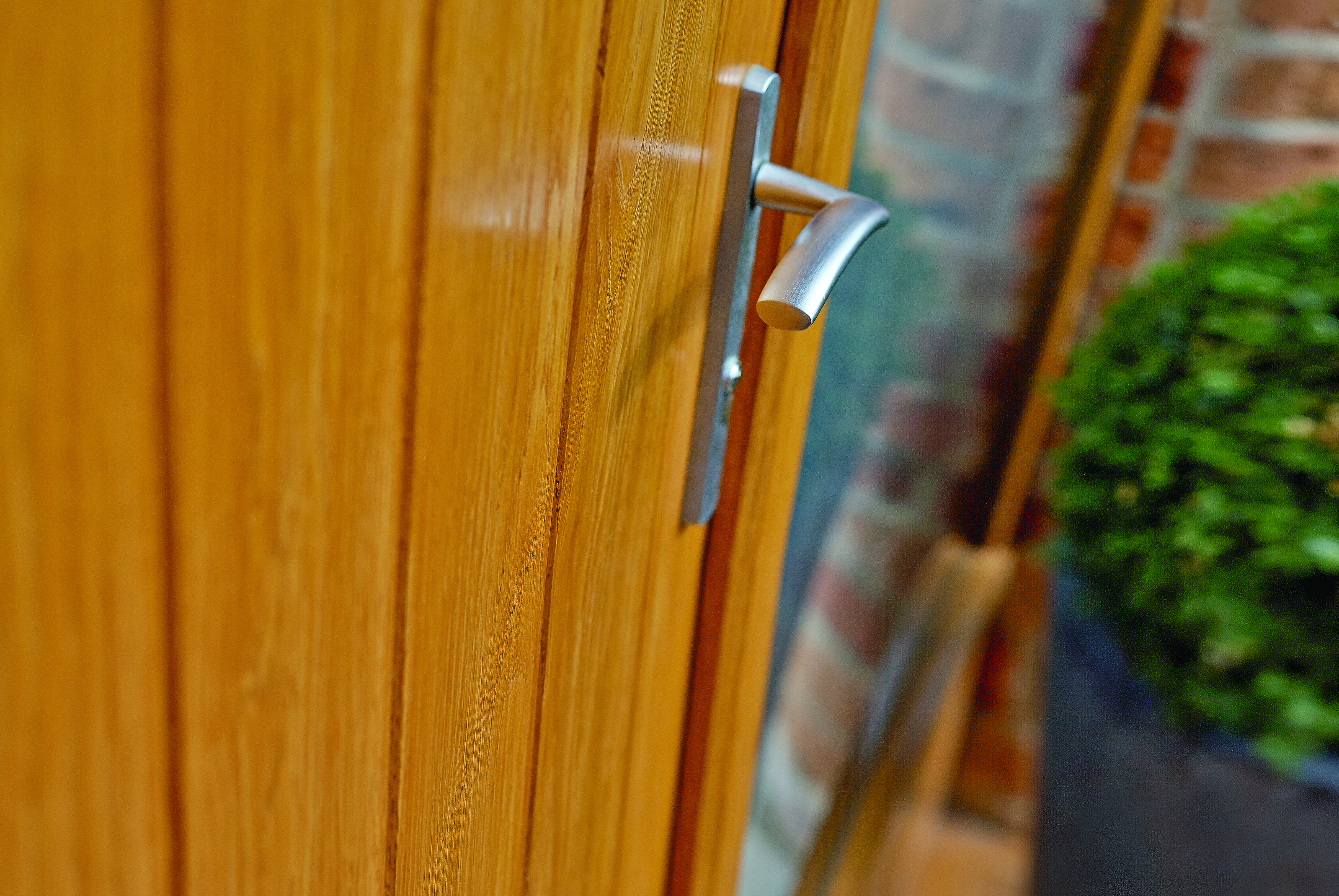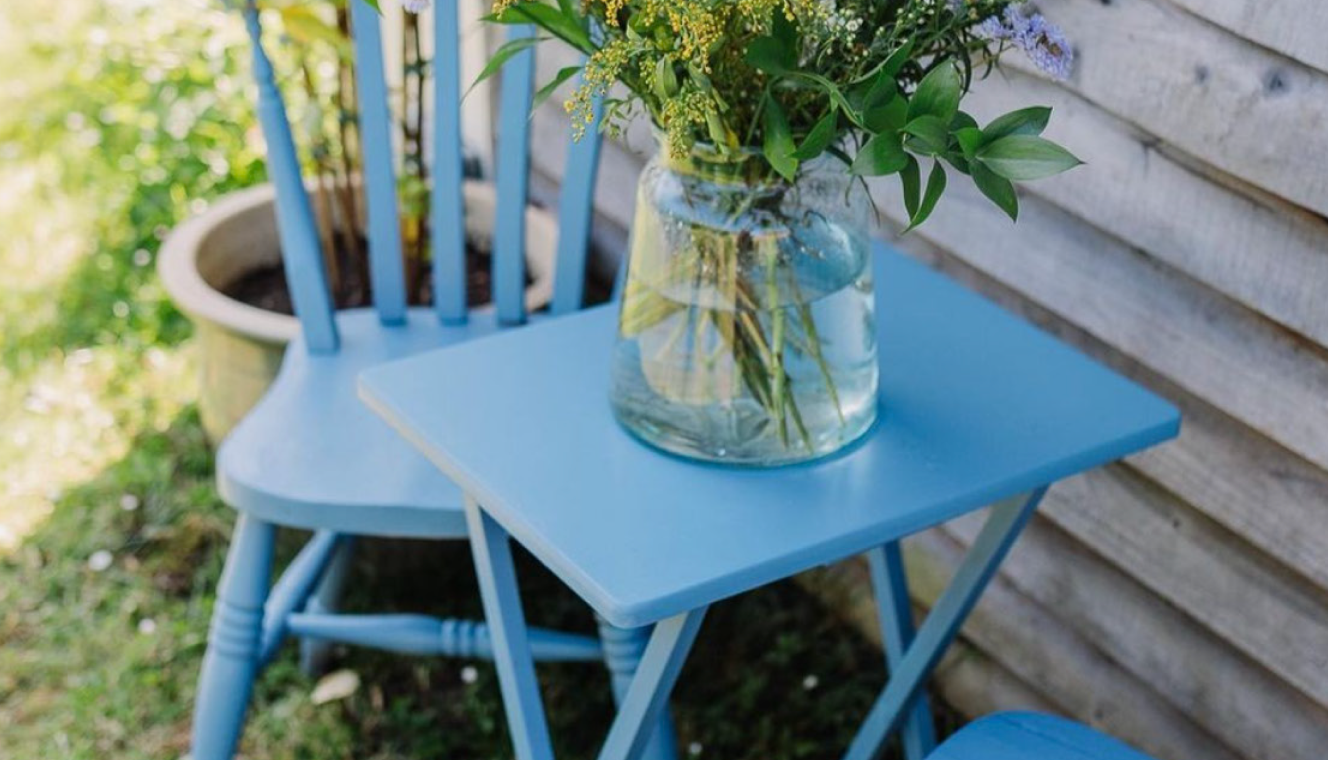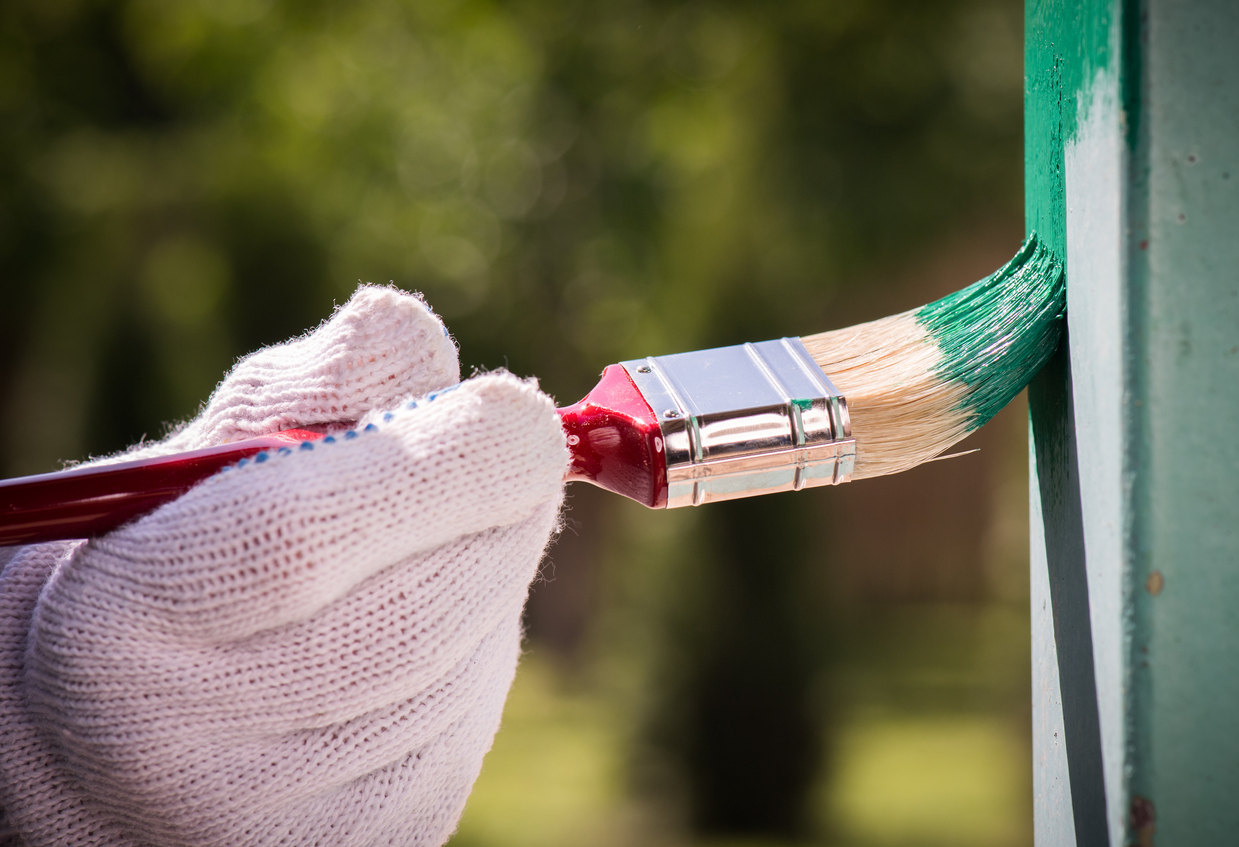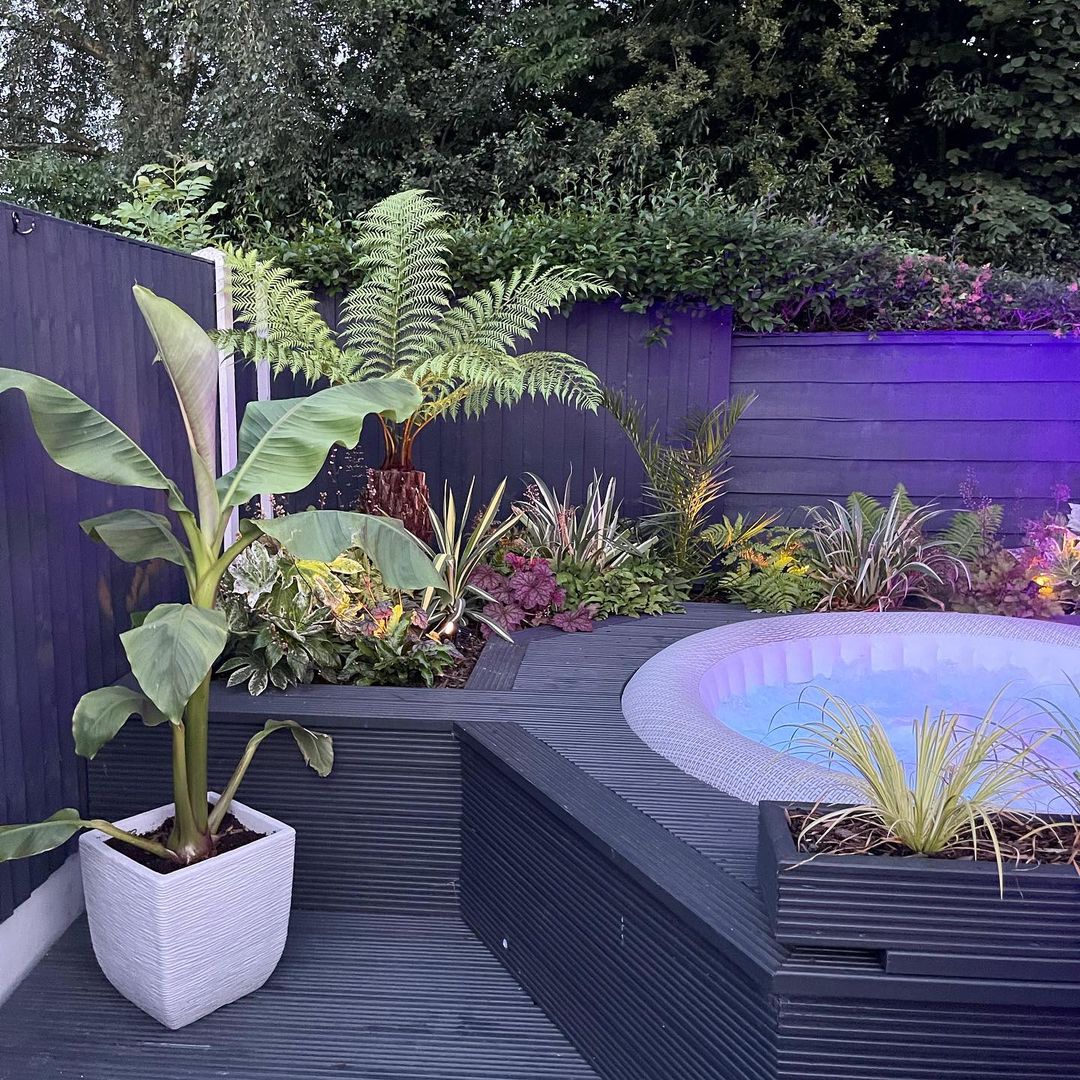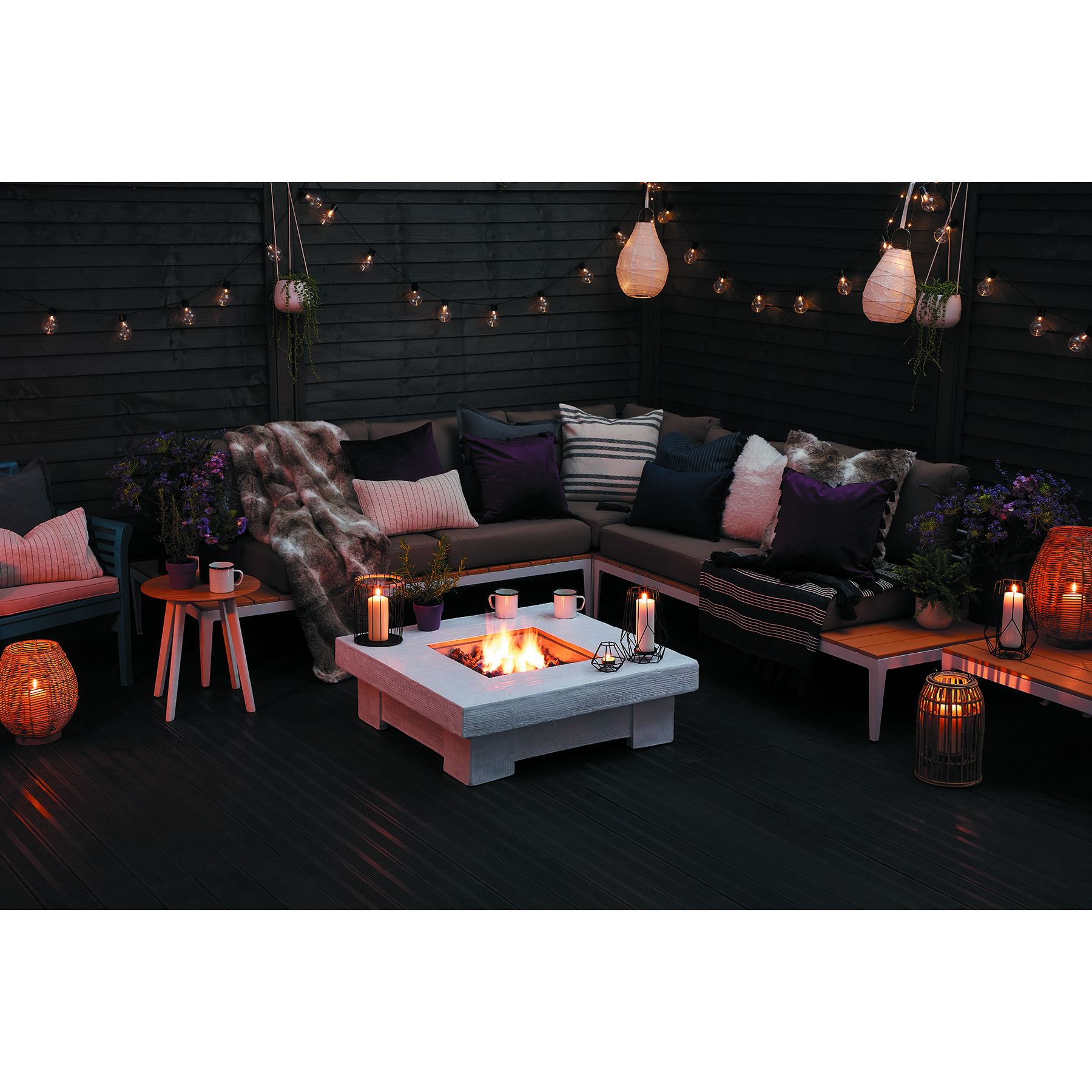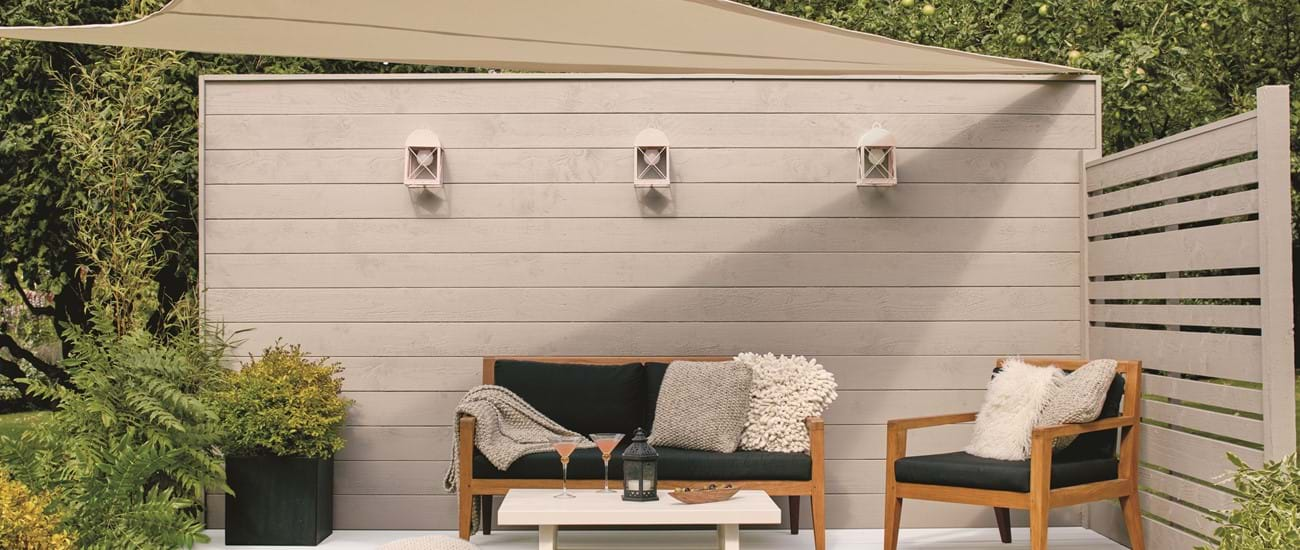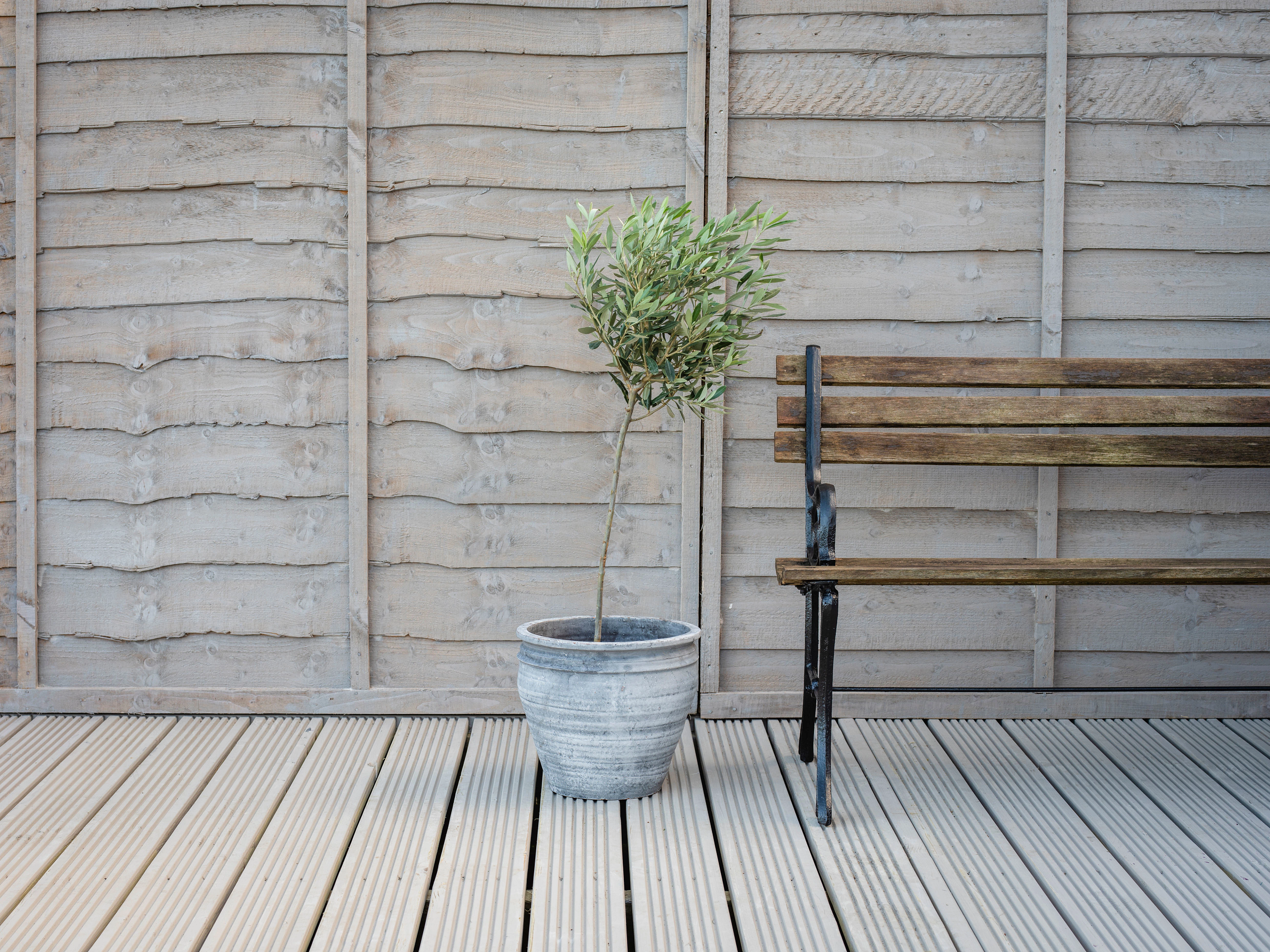
Project overview
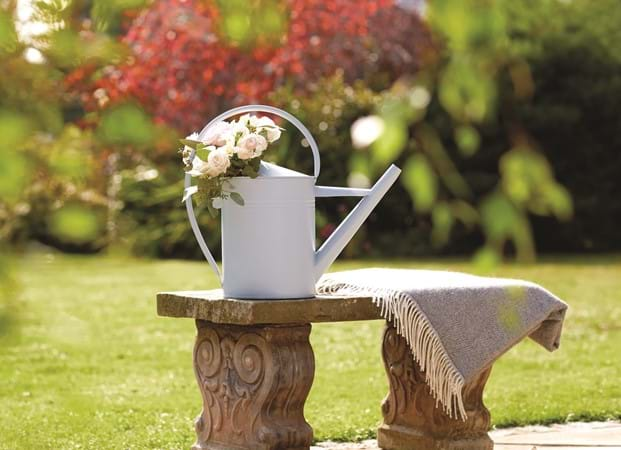
Conserving water is a smart and simple move every homeowner can make in their garden. Those with a shed can channel rain away from their roof and harvest it in a water butt for later use. Underground rain tanks are also a great way to store water for the summer months. Tanks and butts come in a variety of styles and sizes nowadays. So, you can easily find a good fit for your eco-friendly garden design.
2. Use permeable paving
Permeable paving creates a surface that allows water to run through it, back into the ground. Not only can it look great but it reduces surface run off too. There are lots of different options available.
For a plant-packed look, you can opt for cellular paving. These honeycomb-style grids are made from recycled plastic and allow vegetation to grow through them. If you like a more traditional approach, try brick pavers. These bricks give the appearance of a block drive with gaps for the rain to penetrate. Gravel is also a good option. It’s easy and cheaper to source, comes in a range of colours and there are some fantastic eco-aggregate versions available.
3. Give life before landfill
The next time something you love breaks or no longer serves its purpose, don’t throw it away. Instead, upcycle it. Save old items from landfill and give them a new home in your eco-friendly garden.
Try using our Garden Paint to give a new lease of life, and protection, to an old bike. It may no longer work as a moving item but with fresh baskets and a pop of colour, it becomes a unique planter. Items such as old anchors or farm equipment can make amazing, themed pieces too.
4. Create homes for wildlife
Create a space for nature in your garden with a homemade habitat for local wildlife. Bird boxes, bee hotels and hedgehog hideaways are all great ways to share your space. You can also pick your plants to encourage visitors. Lavender, bluebells and single open flowers are great for bees that need easy pollen access. While buddleia and hebe are firm favourites with butterflies.
In return for your efforts, you can enjoy the sights and sounds of mother nature. Your eco-friendly garden will also benefit too. Did you know hedgehogs are great for slug control and blackbirds enjoy a rotten apple?
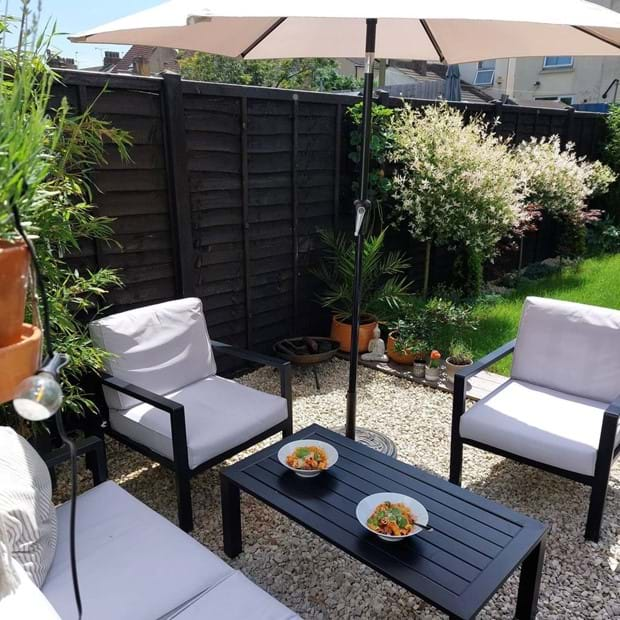
Credit - @keep_things_simple
Trees, like gardens, come in all shapes and sizes. There’s a fit out there for everyone. By planting a tree in your garden, you’ll add interest, beauty and shade. You’ll also help the environment too.
Planting native species is the best choice where possible as it helps the local wildlife. If space is tight you might want to consider smaller options. Amelanchier, olive, crab apple and rowan varieties are all popular.
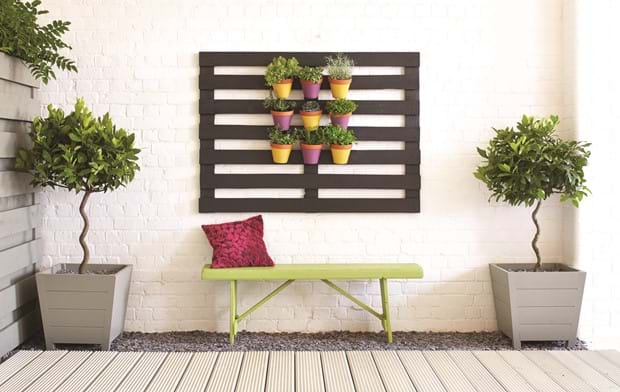
Living walls, or green walls, are a great eco-friendly garden idea. They look stunning and can be used to bring life and environmental benefits to any size of space. These vertical gardens work to reduce pollution, purify the air and provide a home or resting place for wildlife.
To keep them lush, you can pack them with perennials and annuals or even herbs or vegetables. Partner them with a dark, bold fence for an even more modern and dramatic look. Try using Fence Life Plus in Tudor Black to protect your fence while giving you a great finish.
7. Bring in a water feature
Adding a pond or water feature in your garden provides a home for wildlife like frogs, newts and insects. It also provides a source of water for birds and animals to drink from. Whether you go for a large open pool or simply a small dish of water, it will always be welcome.
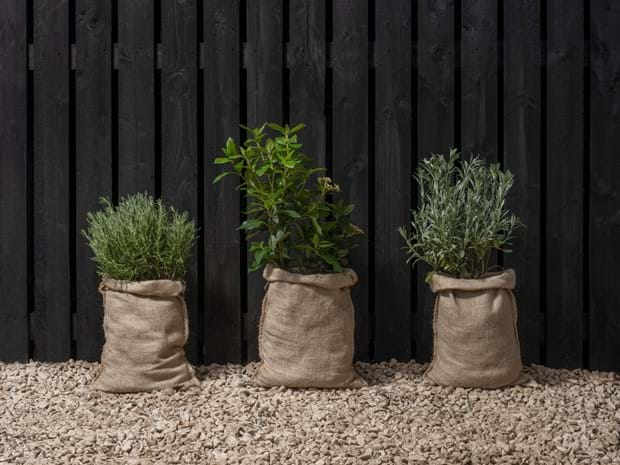
Plastic plant pots can be found in lots of gardens but they often, sadly, end up in landfills. There are some garden centres that offer recycling services for plastic pots. But, if you’d like to explore going plastic-free in your garden, there are lots of simple tricks you can use.
Why not use old eggboxes or toilet roll tubes for sowing your seeds. They’re a great vessel and can biodegrade once your plants are big enough to plant.
Items such as old milk urns can also be upcycled to create great planters. You can use paint to ensure they match your colour scheme or theme, from light and bright to modern and minimal.
9. Make your own compost
Vegetable peelings, grass clippings and newspapers are all often thrown in the bin. But one of our favourite eco-friendly garden ideas is to create compost with them instead. There are all sorts of organic materials you can compost. By using it in your garden, you’ll help conserve water by helping the soil hold it better. It will also save landfill space, improve soil health and much more.
If you like to keep your garden neat and tidy, there are lots of great purpose-built compost bins on the market. But all it really takes is a spot somewhere out of the way with a little sun.
10. Pick products wisely
Protective treatments like stains and paints are key to keeping your fences, sheds and furniture on your lawn and out of landfill. For your eco-friendly garden, try picking paint with less plastic in the packaging.
Our Ultimate Fence Life Concentrate comes in an eco-pack that has 90% less plastic than its counterparts. Simply by adding water, you can make up to 5L of paint from a single pouch. It comes in a variety of colours from Cedar Red to Forest Green. It also offers advanced water beading technology.
11. Leave your lawn
Need an excuse not to get the mower out this weekend? Here’s a handy little hint. If you’re keeping an eco-friendly garden, the longer you leave your grass between cuts the better. Whilst not everyone’s favourite, weeds like dandelions are great pollen-producers and longer grass provides protection.
Where possible, try sectioning off an area of lawn and letting it grow all summer long. It’ll soon look wild and wonderful whilst helping local wildlife too.

Credit - @fourwallsandwinston
Whether it’s decking or dining furniture, buying items that have been produced locally is another good eco-friendly garden idea. You can support businesses in your area, and you’ll reduce your garden’s carbon footprint whilst you’re at it.
Treating your items will make them last longer too. Our Ultimate Protection Hardwood Garden Furniture Stain or Ultimate Protection Decking Oil will defend against sun and water damage.
13. Create natural fertilisers
Fallen leaves are often seen as garden waste. But, before you pop them in the bin this autumn, why not use them to create fertiliser instead?
Make a pile of leaves in a quiet corner of your garden and add to it as the months roll on. This will provide shelter for wildlife in the winter. After a year or so, the leaves will decompose and produce leaf mould to use as fertiliser.
14. Grow your own
Planting a veg patch is a great way to be more environmentally friendly. Your shopping bill will thank you too. Growing your own food can be immensely satisfying. It tastes great, has zero food miles and you can enjoy the sheer sense of achievement too.
Salad leaves, peas, tomatoes and potatoes are all great for a UK climate. Mint and rosemary are also hardy herb choices if you are new to the grow your own experience.

Lighting is a great addition to any garden. It adds ambience and lets you enjoy your space long into the evening. To give your lighting an eco-friendly twist, opt for solar power or candles. There are some great options on the market now and they’re easy to install.
Hopefully by now you’ve been inspired to create your own eco-friendly garden. If each of us tried just one or two of these eco-friendly garden ideas, just think of the impact we could make together!


